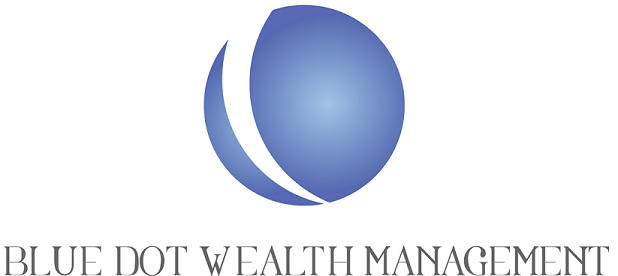You would have to be on a deserted island not to have noticed the increased market volatility since mid-October. While some of us might have enjoyed a tropical vacation, many more of us have been working away and have occasionally been pulled into the news. There is a lot of noise out there so I thought I might lend some perspective.
Since the market bottomed in 2008 this is the 11th time we have seen a pullback in the market of between 5% and 19%. In each of the longest pullbacks, the catalyst was “policy related” or “geo-political” and not “fundamental” meaning that consumers continued to spend, companies continued to make profits, and valuations on companies were relatively attractive compared to other asset classes, like bonds, cash, or commodities. Central Bank policies around the world were accommodative which led to historically low interest rates in an effort to stimulate the global economy. While it sometimes seems like markets have gone up for 10 years straight, the reality is that we have had bumps along the way. The big ones included…
- 2011 – the Debt Ceiling (and Greece)
- 2013 – the Government Shutdown over debt (and Greece)
- 2015 & 2016 – China, Brexit (and Greece, again).
Over the last 10 years, the average number of days that these crises lasted was right at 60 days. Some of these pullbacks lasted and handful of weeks or just barely a month. Of the longest five market pullbacks, the average was 96 days. Averages are just that – an average. If you are asking “when will this end,” truthfully I don’t know. We are 65 + days into this particular volatility cycle so using the last decade as a track record, I would think we are on the other side.
The market could decide to reverse course on almost any positive news or just because valuations look good again (which they do). If you were to turn on CNBC or any other “talking head channel,” you can find someone that says “we will have a year-end rally” to “a recession is imminent.” This week, the headline from an interview with Alan Greenspan effectively said to “run for the hills.” I do not think it is as dire as that. Many of the metrics that we use to figure out valuation and health of the economy are well below 2007/2008 pre-crisis levels. Some examples:
- Household debt at the end of 2007 was at 18.1% and currently sits at 15.3% (high, but not at crisis highs).
- Commercial Loans and Leases as a percentage of Deposits at banks in 2007 were 101.4% and last quarter stood at 76.6%.
- Loans as a percentage of deposits and Tier 1 Capital Ratios as well as some other metrics indicate that leverage in the banking system is ok.
- Price to Earnings ratios on stocks are hovering at about 15. 17 is the long term average and at the beginning of 2008 it was 21.
- Unemployment is low and while it might not tick dramatically lower, job openings are continuing to grow and wages are starting to rise.
There is a narrative out there that we are “due for a Recession.” I have been caught saying something to this effect so I think it is worth translating what I mean. As we have seen in recent years, language matters. What I mean is: “On average, the economy goes through a recession every four or five years. We have only had one other economic expansion that has lasted as long as the current one we are in. Most economists say we are “late in the cycle” which means, to us, that at some point in time economic growth will slow or stall and market conditions will be such that a recession happens.”
Looking forward to 2019, most economists feel it is going to be a good year. There is a base case scenario for around high single digit returns according to the vast majority of analysts out there. An economist I saw a week and a half ago lays out an argument for low double digit returns for 2019 and no recession in sight until late 2020 or early 2021. There are also a handful of analysts that see conditions for a recession much sooner. While I wouldn’t rule anything out, looking at the available body of evidence, the data says the economy should grow at around 2.5% next year, which is what it grew at, on average, from around 2010 to 2016 – a period when we saw growth in the stock market.
To reiterate, the current challenges we see out there are entirely of our making. Consumer spending is still good, though we will know more after the holiday season. Corporate profits are, on balance, good. Valuations on companies have come down as a result of the recent pullback and the market has rotated out of the FAANG stocks (Facebook, Apple, Amazon, Netflix, and Google) which were keeping market performance artificially high (see my last blog post for more details). The uncertainty in the market lay primarily with trade policy and interest rates. Our focus continues to be on investing in quality companies with good forward growth prospects that typically carry low amounts of debt at a reasonable valuation. Over time, that approach has allowed clients to reach their individual goals based on their individual needs and risk tolerance.
